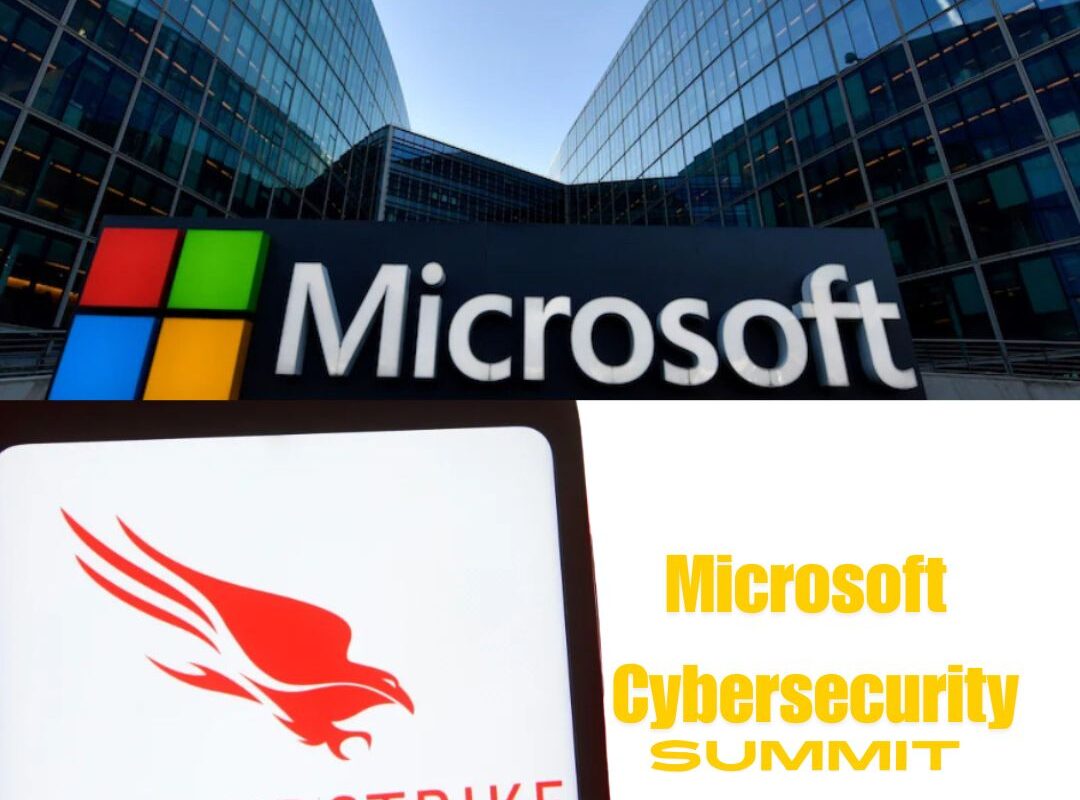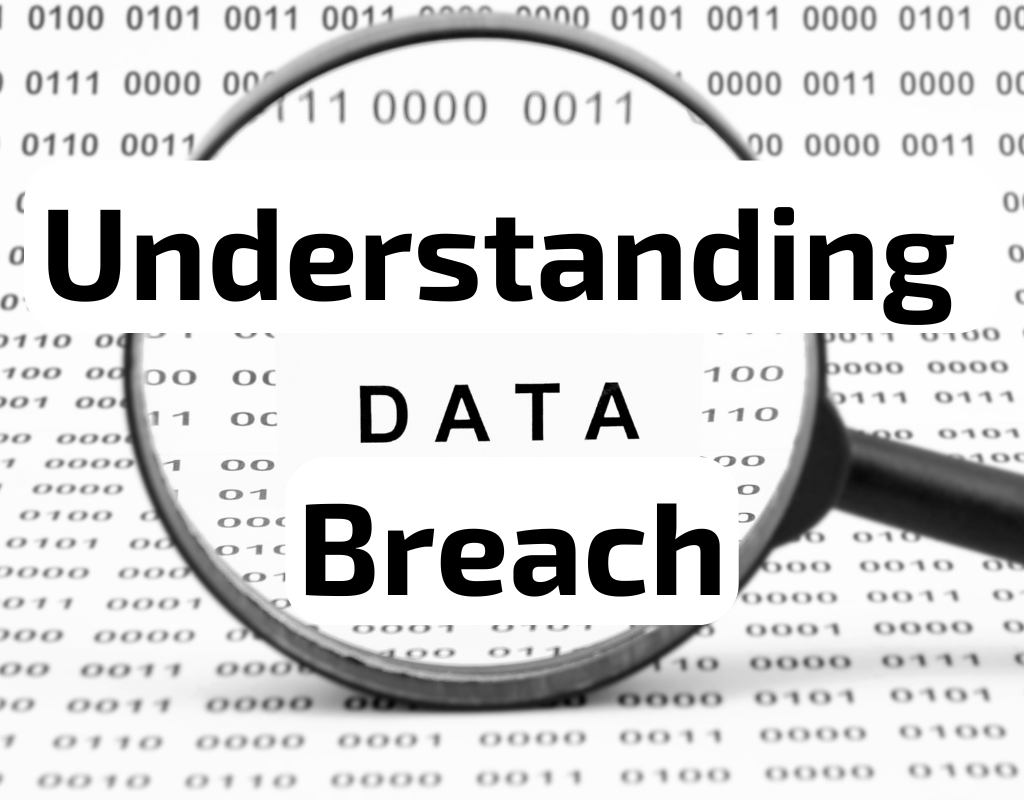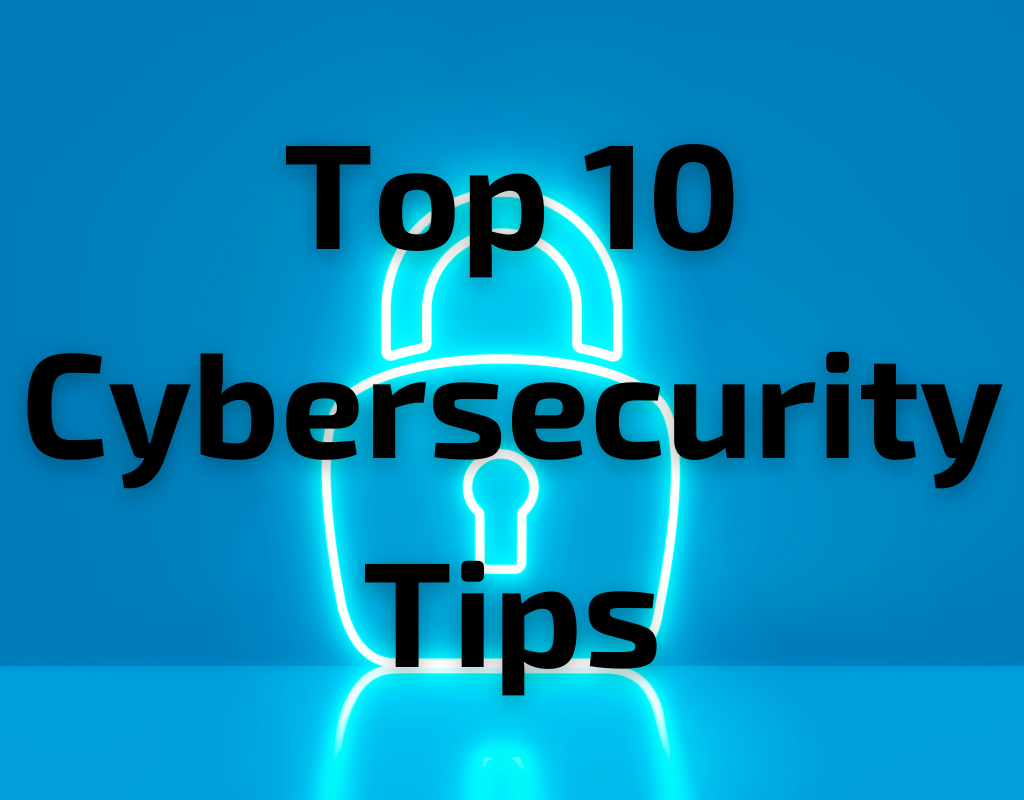Microsoft Takes Action After Global IT Outage, Announces Cybersecurity Summit
In the wake of a massive IT outage that affected nearly 8.5 million Windows devices last month (JUly 19), Microsoft has announced a cybersecurity summit to address critical issues in the tech ecosystem. The conference, scheduled for September 10th at Microsoft’s Redmond headquarters, marks a significant step towards improving cybersecurity systems and resilience.
The July 19th outage, triggered by a faulty update from CrowdStrike, sent shockwaves through various industries, disrupting operations at major airlines, banks, and healthcare providers. This incident has underscored the vulnerability of organizations relying heavily on single-vendor security solutions.
Microsoft’s initiative to bring together industry leaders and government representatives highlights the urgent need for collaborative efforts in building a more robust cybersecurity framework. „The CrowdStrike outage in July presents important lessons for us to apply as an ecosystem,“ Microsoft stated in a blog post.
The fallout from the outage continues to reverberate:
- CrowdStrike has faced significant consequences, including a staggering $9 billion loss in market value and shareholder lawsuits alleging inadequate software testing.
- Delta Air Lines has announced its intention to pursue legal claims against both CrowdStrike and Microsoft, citing losses of at least $500 million due to flight cancellations.
This incident has brought to light critical issues in the cybersecurity landscape:
- The risks of over-reliance on single-vendor solutions
- The importance of robust contingency planning
- The need for multi-vendor strategies to enhance resilience
As the tech industry grapples with these challenges, all eyes will be on the upcoming summit. The discussions and outcomes of this event could potentially shape the future of cybersecurity practices, emphasizing ecosystem resilience and industry-wide changes.
With CrowdStrike set to report its Q2 financial results on August 28th, the cybersecurity community awaits further developments in this unfolding story. Stay tuned for updates on this critical issue that impacts the digital security of organizations worldwide.





